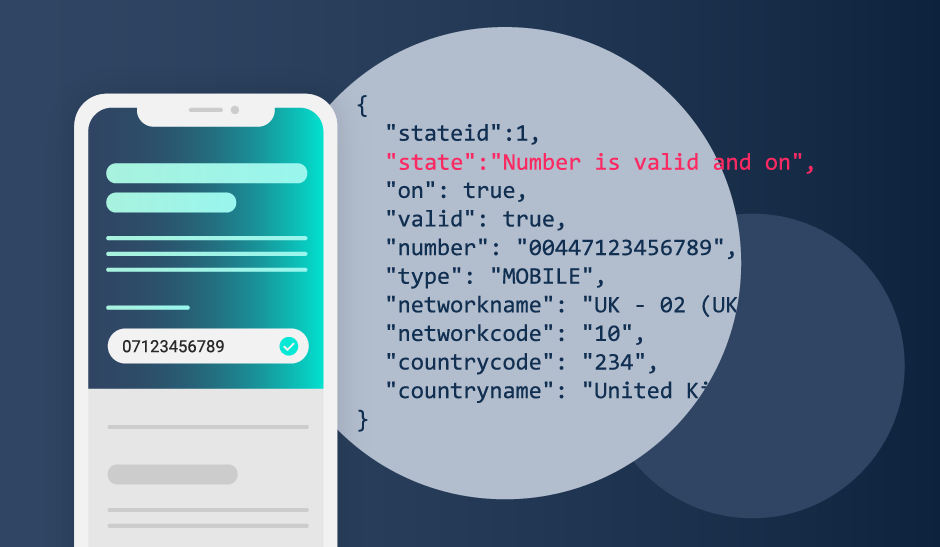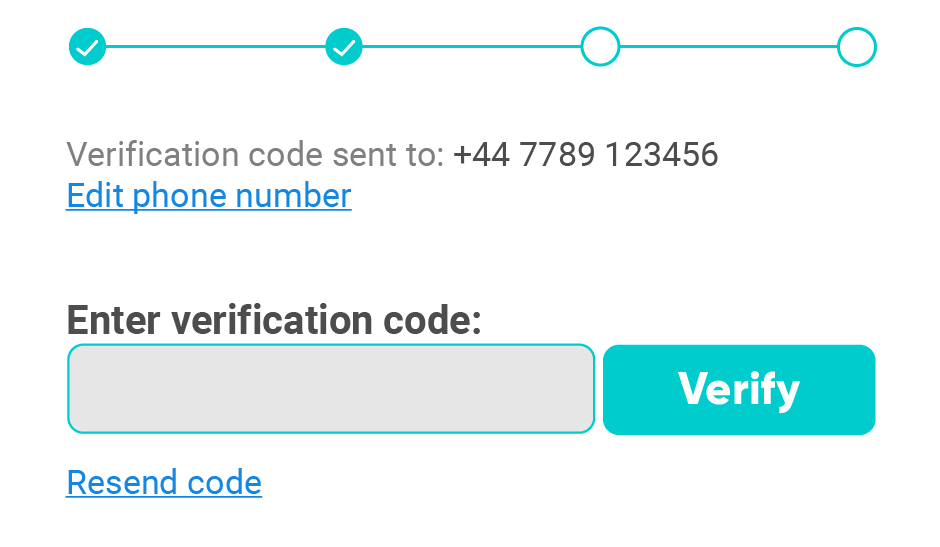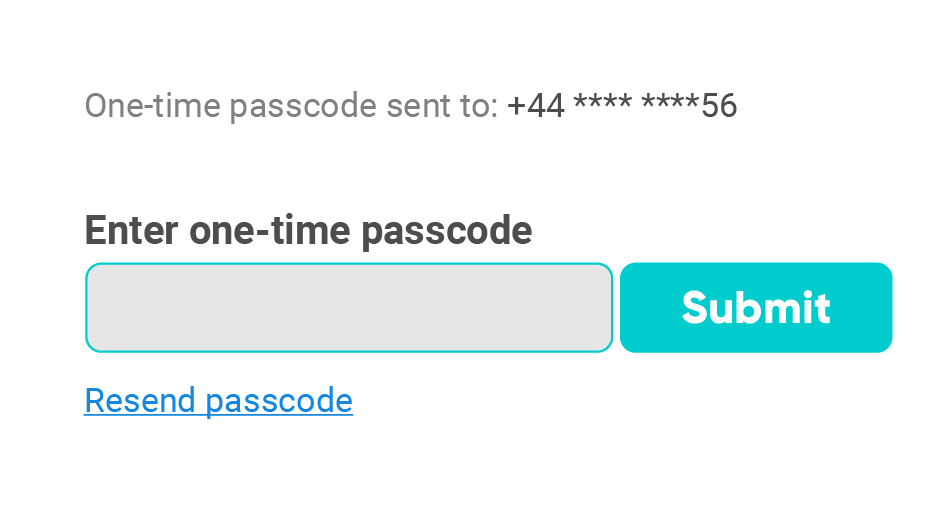
Knowledge Base Do you need phone validation?
Discover our top use cases and best practices for phone validation
The benefits of phone validation are clear. Using a phone validator ensures that you collect genuine numbers for your customer database. This enables easy customer contact and prevents fraud.
However, to make the most of phone validation, there are some best practices to be aware of. We’ll share everything we know about mobile phone validation in this article, along with some use cases you may not have considered.

Phone validation use cases
Fraud prevention
Collecting genuine mobile phone numbers and email addresses when onboarding customers can significantly reduce spam signups. You can also use the verified phone number for additional verification and authentication. For many industries, such as insurance and financial services, a verified phone number is essential.
Segmentation of international customers
Collecting, validating and standardising phone numbers allows you to confidently segment customers based on country code, without having to collect address or location data. This is a great way to segment your customers by country without collecting more Personally Identifiable Information (PII) than necessary. Ideal for swift onboarding processes and data compliance.
Registration authentication
By linking a valid mobile number to the user’s device, you can use this number going forward for important updates such as delivery details, or two-factor authentication. Skim down the page to read up on authentication best practice.
Two-factor authentication (2FA)
There are so many use cases for 2FA that it deserves an article to itself. To name just a few:
-
Resetting passwords
-
Reactivating dormant users
-
Updating user details
- Transaction authorisation
2FA is now such as common feature in the landscape of online security that users have come to expect it. It’s crucial when it comes to using websites or apps that deal with sensitive data such as card details. In fact, 79% of people reported having used 2FA in 2021 - up significantly from 28% back in 2017. 1
If you want to use 2FA for your service, then it’s highly advised you collect a valid phone number to do so. Most people use SMS as their second factor - 82% of them in fact. 2
It’s clear that using a mobile number over an email address for 2FA gives users additional confidence their details are protected.
Efficient CRM
Contact your customers how they want to be contacted. Holding valid mobile phone details promotes concise customer interactions using their preferred channel. SMS updates are now expected by many consumers. Back in 2018, we found that 28% of consumers liked to receive texts about their deliveries. Now, for two-thirds of millennials, text messaging is the preferred way to deliver essential customer contact such as appointment reminders, usage notifications, and deliveries. 3
Effective SMS marketing
Having valid phone numbers for your customers is the best way to ensure effective SMS marketing. As marketing channels go, SMS marketing is still highly underrated. Consumers will read a text message more promptly than an email. In fact, 82% will read an SMS from a business within 5 minutes of receipt. 4
However, scam links sent via SMS abound, so if you’re intending to use SMS for your marketing, make sure your customers can see you are legitimate. SMS marketing works best when you also use SMS for service updates, delivery notifications and reminders, so your customers can see that the messages are all coming from the same source.
Phone validation best practice
Detect whether the number is a mobile or landline
Being able to distinguish between mobile and landlines means you can direct your communication to the correct channel. There’s no point sending SMS notifications to a landline. Being aware of what type of numbers your customers are using allows you to communicate with them in the most effective way.
Keep the phone number visible and allow users to edit - unless it’s 2FA
When onboarding, allow your user to edit their number if they discover they’ve made a typo. If you’ve sent a verification code or a one-time password (OTP) to a new customer, then displaying their number ensures that they can detect a typo if they’re waiting for their code to arrive.

Of course, if you’re using a mobile number as part of two-factor authentication, then displaying the entire number is not advised. For ongoing authentication, where editing phone numbers is not permissible, masking phone numbers keeps your customer’s PII secure.

Keep country codes separate
If your customers are international, it’s best practice to collect country codes in a separate field when collecting phone numbers. Not only does this provide a more user-friendly interface, but gives you cleaner data too. The best mobile validation APIs will automatically format the user input to a valid and standardised number.

A separate country code allows you to identify the origin country of the phone number. You can even cross reference it with the IP address geolocation for extra security. It also makes it easier to transform the inputted phone number into E.164 standard.
Summary
If you want to maintain a clean customer database, and ensure outstanding user experience from signup, then phone validation is essential.
Once you have collected a valid phone number, you can employ additional security measures to protect your customers and your business, such as two-factor authentication.
Finally, don’t discount the benefits of using a phone validator when it comes to segmenting your customers by country or location.
Validate mobile phone numbers at the point of entry using our real-time API.
Try Postcoder mobile validation API for free >>
References
-
State of the Auth 2021, Dave Childer, Cisco Systems, Finding 7, p5. ↩
-
State of the Auth 2021, Dave Childer, Cisco Systems, Finding 1, p3. ↩
-
2022 Survey by Mitto of 1000 Americans ↩

